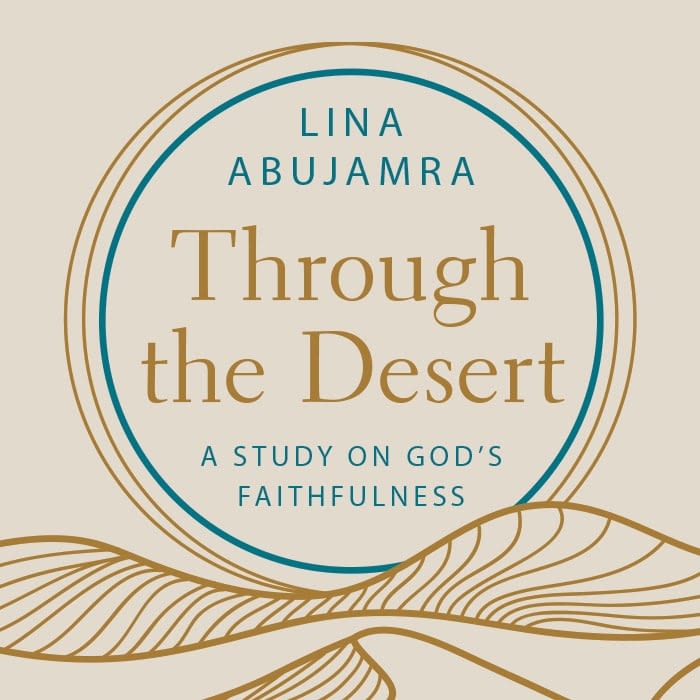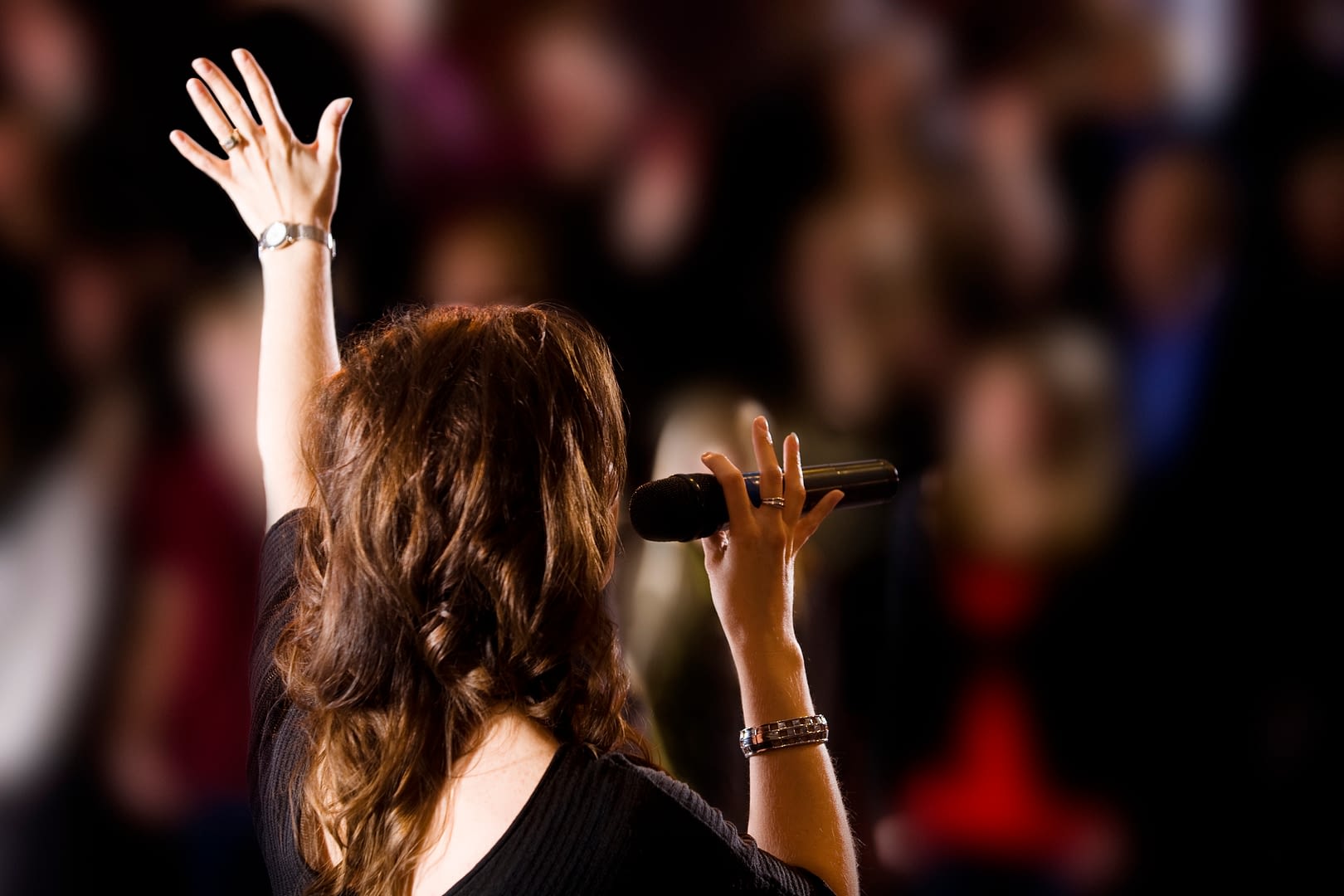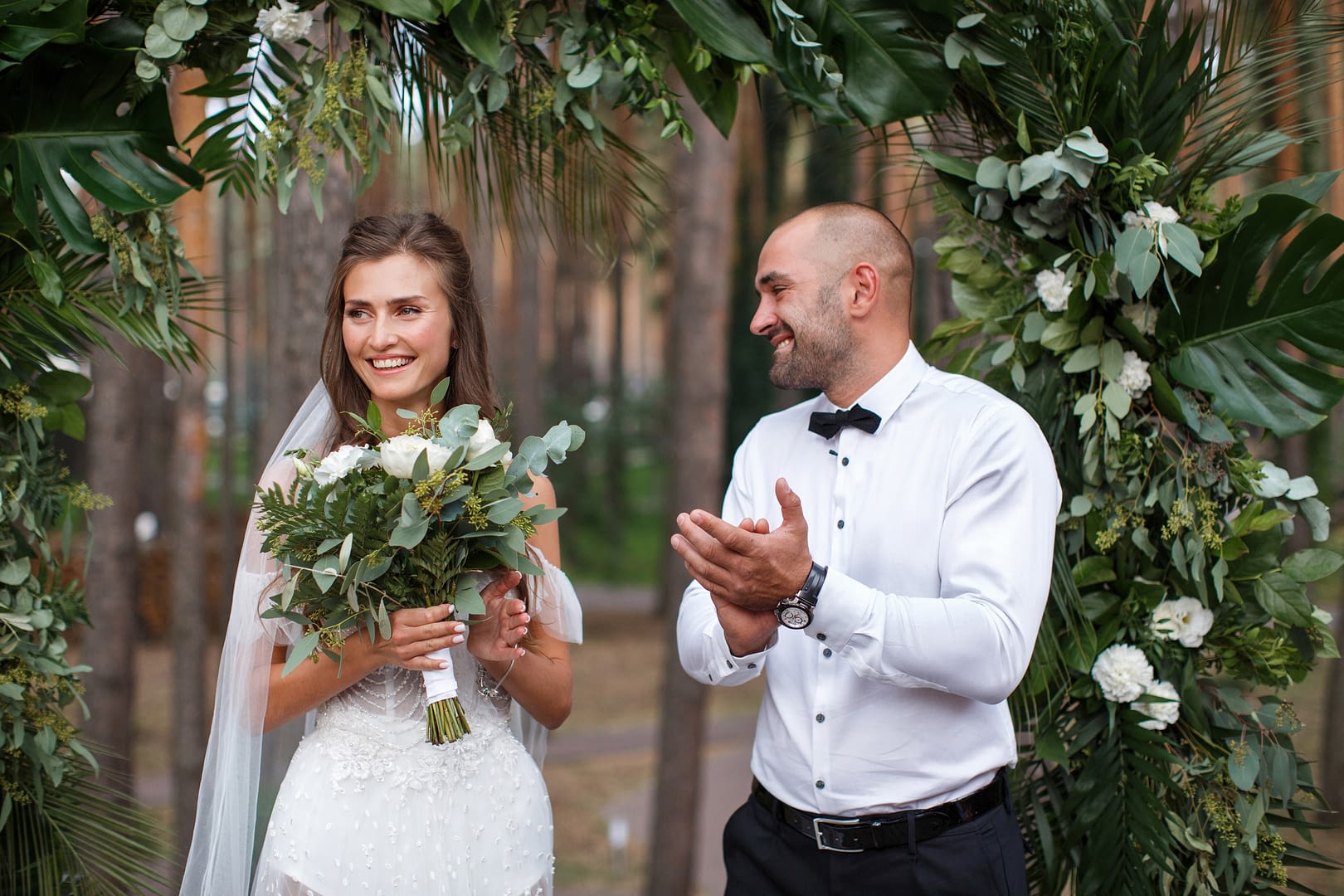When you think about Eve in the Bible, what is the first thing that comes to mind? Likely, a mental picture forms with a woman, a snake, and a tempting fruit. And the name for your imaginary tableau? You would probably title it Original Sin.
The story of Eve in the Bible lays the bedrock for comprehending who God is, why God created women, and what life is all about. Eve’s name is inextricably woven with the first sin. But did evil originate with a woman? Are women inherently “less” than men? Is the primary role of a wife to be just a helper?
This ancient story—the oldest in the world—was preserved and carefully passed down to us, answering many of these questions. Because Eve’s story underpins both our identity and purpose in life, it is imperative to study it thoughtfully, comparing our assumptions with the actual text.
Here are several lessons we can learn from Eve’s story.
The Story of Eve in the Bible Teaches Us Who God Is
In the very first verse of the Bible, we begin to see who God is. He is the Creator of both heaven and earth and all that is within them. Light bursts forth out of darkness just by Him speaking, “Let there be light” (Gen. 1:3).
We also see glimpses of the Trinity (three distinct persons in one God). God the Father (see Matt. 6:9) is the Creator who speaks everything into existence. God’s Spirit hovers over the waters (Gen. 1:2). And Jesus, the Word, is the One through whom God creates everything (John 1:1–5).
God creates not out of a need or deficiency. He doesn’t need helpers, and He isn’t lonely. He creates just because that’s who He is—a Being who gives and loves, whose life and love overflow into more life and love.
After the light, God makes sky and dry land, plants and trees, then the sun, moon, and stars to shine down. He creates fish to fill the water and birds to fill the sky. On the sixth day, He makes land animals. Then He creates people. The man and woman are special, and Genesis 1:27 tells us why:
So God created man in his own image,
in the image of God he created him;
male and female he created them.
We find an image in a mirror or a photo or a painting. An image shows us what someone or something is like. It’s a reflection, a representation.
Eve’s Story Teaches Us Why God Created Woman
In Genesis 2, God makes the man, the first human, out of humus, the soil. Into Adam’s nostrils God breathes the breath of life (Gen. 2:7). The garden of Eden is provided as a place for man “to work . . . and keep” (Gen. 2:15).
Then, after declaring many times that His creation is good, God suddenly declares that it is not good for the man to be alone, so He makes “a helper fit for him” (Gen. 2:18) or what author Robert Alter says can be translated as a “sustainer beside him.”
According to Kenneth Bailey, the Hebrew phrase in question here is ‘ezer kenegdo (help suitable), and other occurrences of ‘ezer in the Old Testament refer to God as He breaks into history to save. In Exodus 18:4, Moses says that “God . . . was my ‘ezer, and delivered me from Pharaoh.” In Deuteronomy 33, God is referred to as ‘ezer in verses 7, 26, and 29, and all are in the context of a help who delivered. Psalm 33:20 says the Lord “is our ‘ezer and shield.”
This word describing a woman’s purpose is not a word for a lowly assistant or an afterthought. Instead, it is a word of strength and dignity, one also used of God when He renders much-needed aid. Adam names his God-given helper Eve, which sounds like Hebrew for life-giver. We’ll see just how important this is in a moment.
Eve was created from a rib taken from the man’s side to be a companion, a friend, and a partner and equal to him.
Both man and woman were made in God’s image to show what God is like, to reflect His goodness and love. God blesses them with the charge to be fruitful, multiply, fill the earth, and subdue it. Adam and Eve’s dominion is not oppressive; they are called to cultivate and caretake, not destroy or exploit.
Eve’s Story Teaches Us About Our Purpose
Ultimately, people were made to love and be loved. In these first few chapters of Genesis, we see that people were created for friendship, not only with each other and with all of creation, but also with God. In Paradise, Adam and Eve walked and talked with God (Gen. 3:8).
Clearly, life today is vastly different. So what went wrong?
We find the devastating answer in Genesis 3.
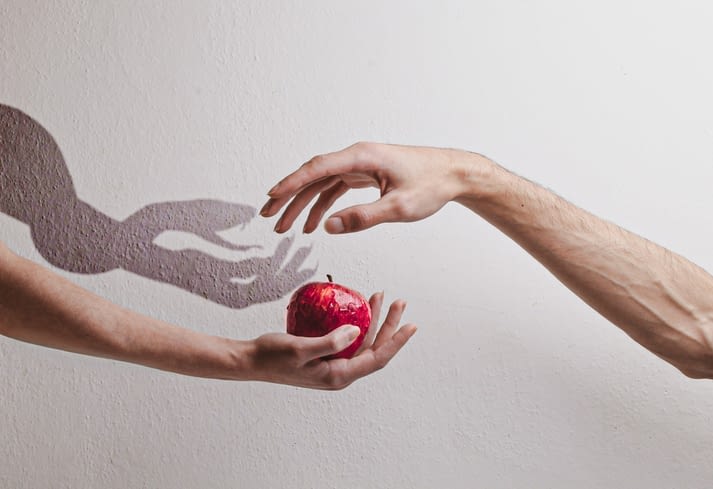
Eve’s Story Foretells Our Coming Savior
The third chapter opens with a cunning serpent speaking lies to the woman, twisting God’s command to the man from Genesis 2:16. God had told Adam he could eat of every tree in the garden except the tree of the knowledge of good and evil. He also told the man the consequence of eating from that tree: death.
Both Adam and Eve were responsible before God for obeying His command. But in Genesis 3:2, Eve responds to the serpent with an exaggerated form of God’s command, saying they would die if they even touched the tree. Tragically, she decides to trust the serpent more than God, and disobeys her good Creator and eats from the tree.
Adam is with her (Gen. 3:6), and he also eats the fruit she gives him. After eating, they both know evil and suddenly feel shame, fear, and the need to hide—they sew fig leaves together to cover their naked bodies and run away from God when He walks in the garden in the cool of the day.
Adam and Eve’s conversation with God shows how far they have fallen from their perfect life and relationships. They no longer accurately reflect God’s image. Adam blames both Eve and God, saying, “The woman whom you gave to be with me, she gave me the fruit of the tree, and I ate” (v. 12). The woman succinctly says, “The serpent deceived me, and I ate” (v. 13).
God, knowing sin and evil originated with Satan, curses the serpent to crawl on its belly and eat dust. However, God certainly recognizes that Adam and Eve disobeyed and sin cannot go without consequence.
As a result of Eve’s sin, woman would have birth pangs and, because of their shattered relationship, the man would rule over her (v. 16). For Adam’s role in disobedience, the ground is cursed to bear thorns and thistles and he would have difficulty growing food.
But in the midst of God cursing Satan, God promises the eventual rescue of those He created. We read this in Genesis 3:15.
I will put enmity between you and the woman,
And between your offspring and her offspring;
he shall bruise your head,
and you shall bruise his heel.
In this promise, at the very start of the biblical narrative, Jesus’ birth is foretold. Jesus would be the promised offspring of woman, and also the Son of God (Mark 1:1). He would be different from Adam, who is also called the son of God (Luke 3:38). First Corinthians 15:21–22 says, “For as by a man came death, by a man has come also the resurrection of the dead. For as in Adam all die, so also in Christ shall all be made alive.”
Jesus would rescue and bring life, defeating evil and death. And a woman would play a crucial role in His coming. As St. Irenaeus said in Against Heresies, “Thus Mary’s obedience undid the knot of Eve’s disobedience.”
Jesus Has Come to Restore What Was Once Broken
We were made to love and be loved. We were created to enjoy perfect friendships with God, each other, and all of creation. Made in His image, both man and woman were intended to reflect His goodness and love.
Because Adam and Eve chose sin and death instead, our only hope to return to God and paradise is Jesus. He is the promised Son, who remains perfectly “the image of the invisible God” (Col. 1:15). As we trust in Jesus our Rescuer and behold His glory, we are “being transformed into the same image” (2 Cor. 3:18). Long ago, God planned for us “to be conformed to the image of his Son, in order that he might be the firstborn among many brothers” (Rom. 8:29).
By God’s grace, because of His Son and through His Spirit, God will once again dwell with us. He will wipe away every tear from our eyes, and death will be no more, and there will be no more mourning, nor crying, nor pain (Rev. 21:3-4). He will restore both men and women by grace, all because He is our good Father.
Our story began in Eden and, through Jesus, will end in heaven, where once again we will be able to walk and talk with Him. God is actively restoring and rescuing, and women have a crucial role in His story.
Ready to Be Inspired by Even More Great Women of the Bible?
After you’ve had a chance to prayerfully reflect on the story of Eve in the Bible, be sure to check out these related articles for even more encouraging stories and lessons from the famous women of the Bible!
- Five Lessons We Learn from Martha (And the Tender Rebuke She Received)
- Martha: A Busybody in the Bible
- Four Inspiring Lessons from the Samaritan Woman at the Well
Visit this link to see a complete list of all the Inspiring Women of the Bible we’ve covered so far on the Esther Press website. Alternately, you can find our top recommendations for Bible Studies on Women in the Bible here.
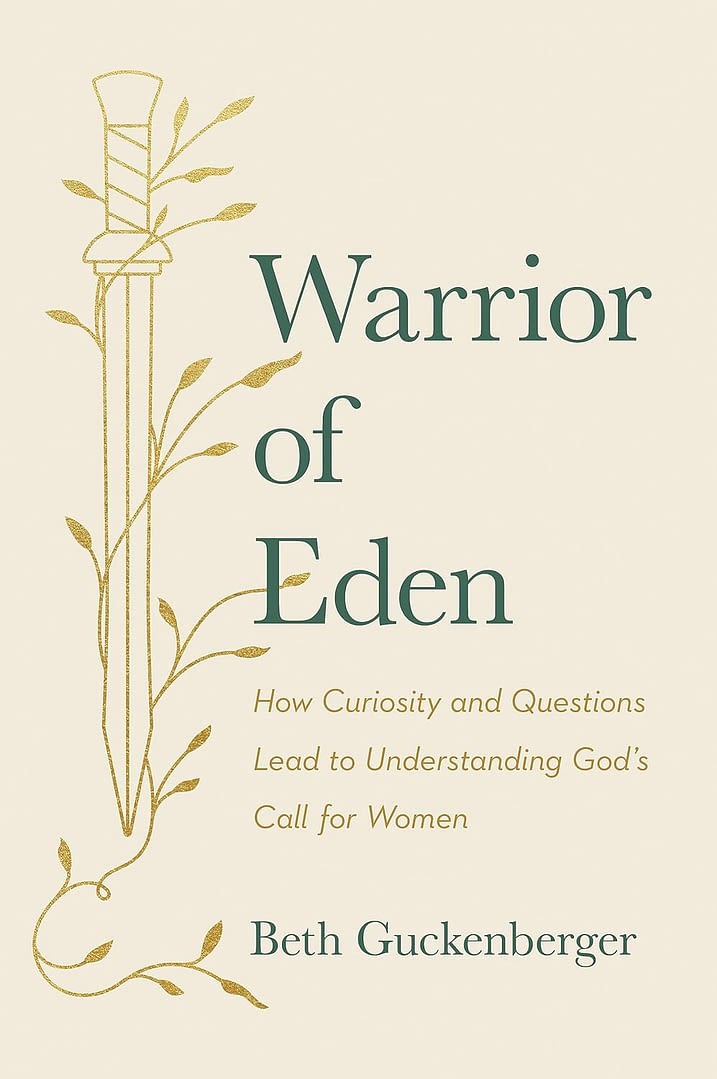
Warrior of Eden
There’s a reason you’ve always known God has big plans for you—He’s created you with great purpose. In Warrior of Eden, Beth Guckenberger draws on God’s original intention for women to embolden us to use our gifts as full participants at church, at work, and at home.
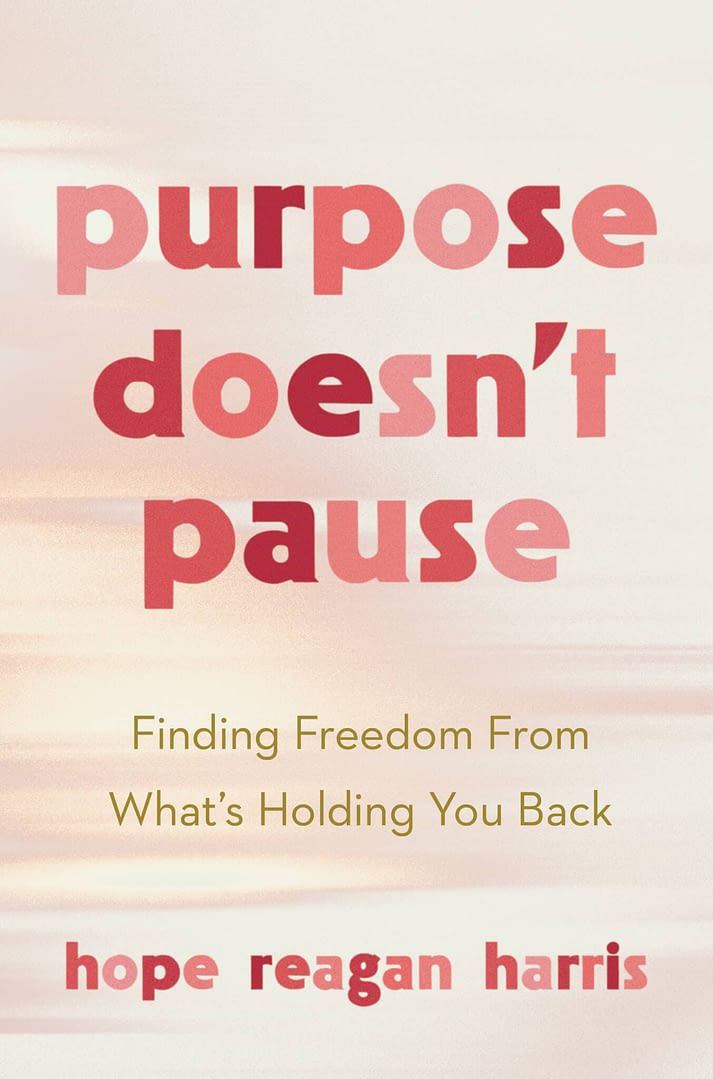
Purpose Doesn’t Pause
Hope Reagan Harris offers encouragement and faith-based ideas for finding and embracing God’s purpose in the life you have right now
References
Robert Alter, The Five Books of Moses: A Translation with Commentary (New York: Norton & Company, 2004), 22.
Kenneth Bailey, “Women in the Old Testament,” May 11, 2024, from his video series, Women in the New Testament, www.kennethbailey.net/women.
Saint Irenaeus, Against Heresies, Book 3, Ch 22, section 4.
